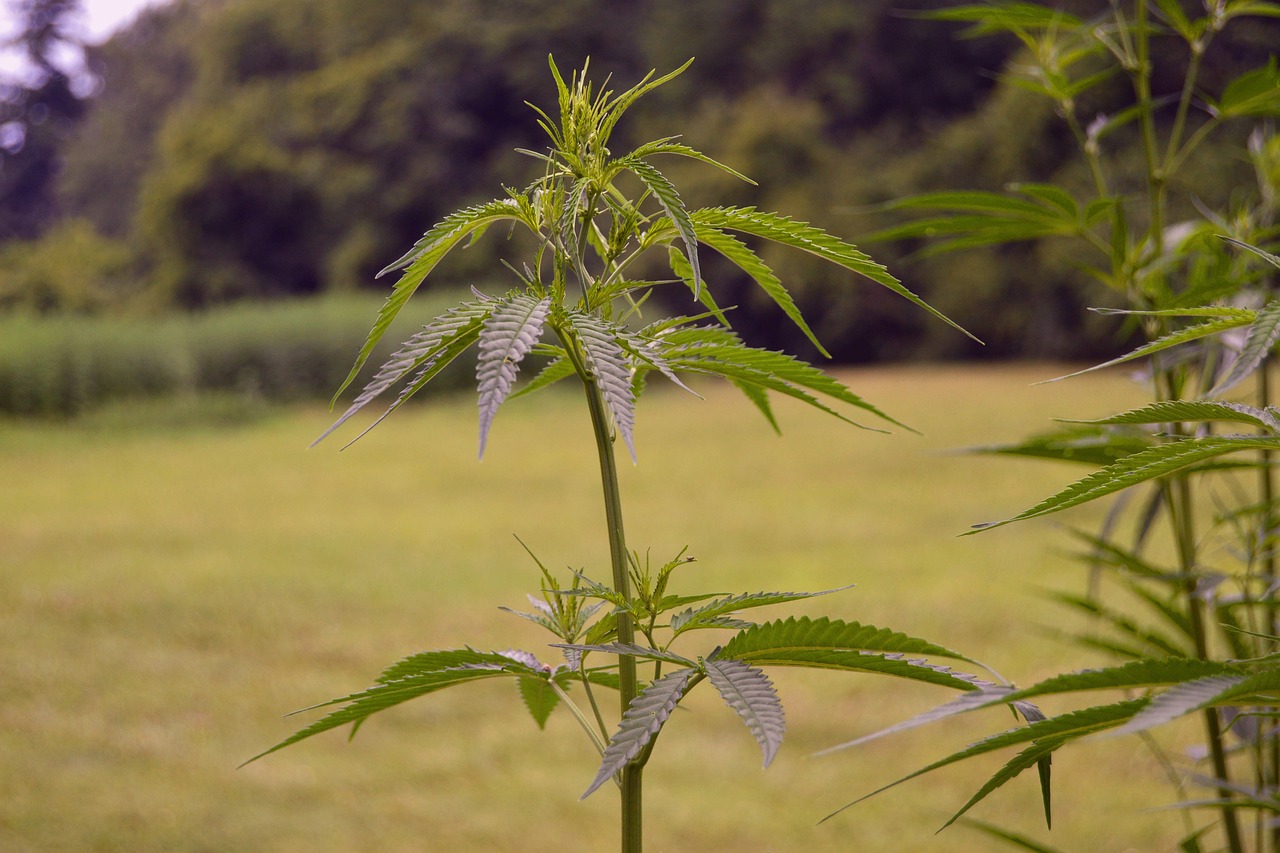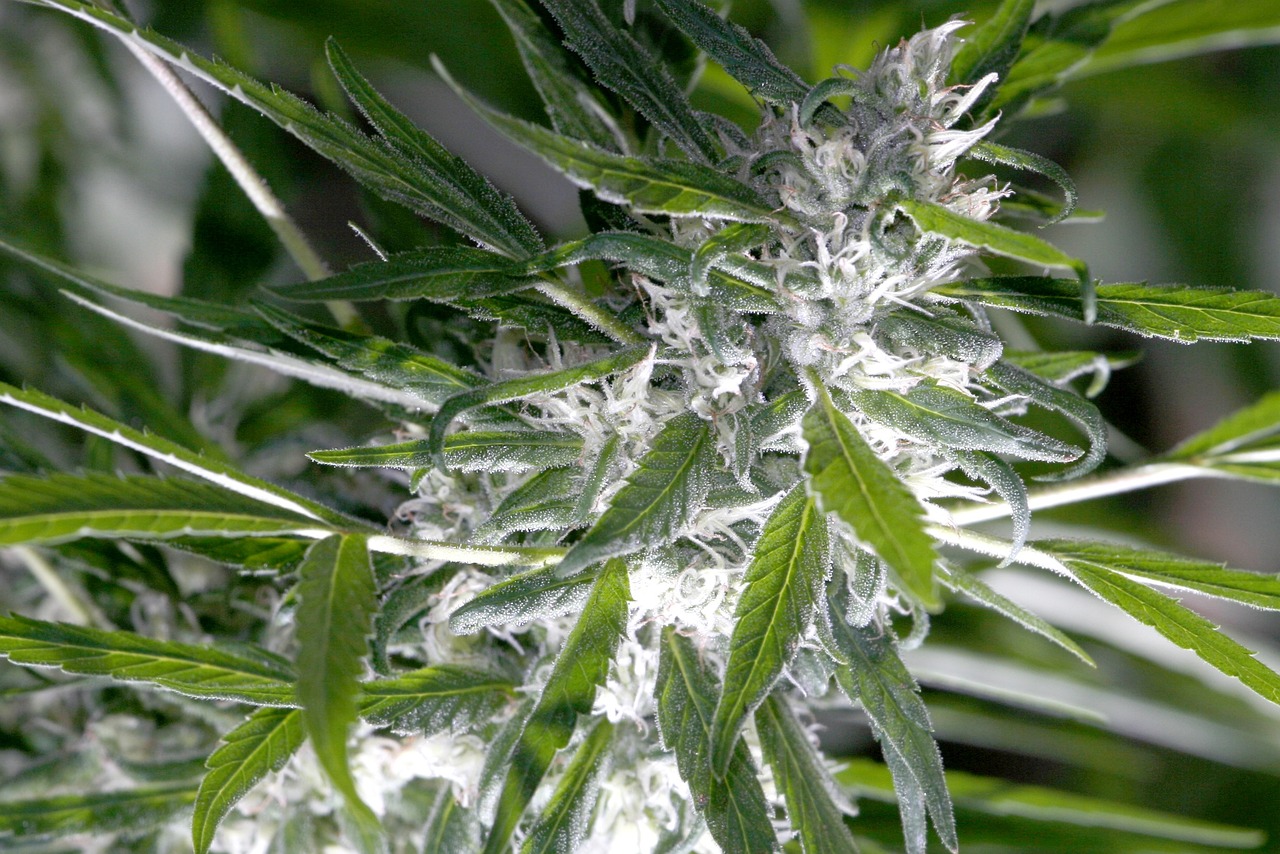The use of medical marijuana (MMJ) has gained significant recognition for its therapeutic benefits in treating various medical conditions. However, the production of medical cannabis involves a meticulous process to ensure quality, potency, and safety for patients. In this guide, we’re exploring the step-by-step process of producing medical marijuana — including cultivating, harvesting, testing — while emphasizing the importance of quality control and assurance throughout the production cycle.
Medical Marijuana Cultivation Process:
The medical marijuana cultivation process is foundational in ensuring the production of high-quality cannabis products. It encompasses several essential steps aimed at nurturing and optimizing plant growth and development:
Seed Selection and Germination:
- The process begins with the careful selection of quality seeds, which are crucial for cultivating premium medical marijuana strains.
- Select seeds from reputable breeders known for producing stable genetics.
- Seeds are germinated using appropriate methods such as the paper towel or water glass technique to initiate the growth process effectively.
Vegetative Growth:
- Providing optimal environmental conditions is paramount. This includes maintaining suitable levels of light, temperature, humidity, and ventilation to promote robust vegetative growth.
- Utilizing nutrient-rich soil or hydroponic systems aids in supplying essential nutrients to the plants, fostering healthy development.
- Pruning and training techniques are employed to encourage lateral growth and maximize canopy coverage, resulting in a more abundant yield.
Flowering Stage:
- Transitioning to the flowering stage involves adjusting light cycles to induce the flowering process once plants reach the desired size.
- Monitoring plant health and nutrient levels diligently helps prevent deficiencies and ensures optimal flower development.
- Implementing effective pest and disease management strategies is crucial during this stage to safeguard plants against potential threats — preserving their health and vitality throughout the flowering period.
Quality Control in MMJ Production:
Quality control is paramount throughout every phase of medical marijuana production to guarantee uniformity, potency, and safety. The selection of cannabis strains plays a pivotal role in determining the therapeutic efficacy and consistency of medical marijuana products.
Several critical aspects of quality control include:
Strain Selection:
- Choose cannabis strains with known medicinal properties and consistent cannabinoid profiles.
- Rigorous research and testing are conducted to assess the suitability of each strain for medical use, ensuring that patients receive optimal treatment outcomes.
Cultivation Practices:
- Adhere to standardized cultivation techniques to maintain uniformity and quality across batches of medical marijuana.
- Implement strict sanitation protocols to prevent contamination and ensure product purity.
- Monitor environmental factors such as temperature, humidity, and CO2 levels to optimize plant growth and maximize cannabinoid production.
By prioritizing quality control measures throughout the cultivation process, producers can consistently deliver medical marijuana products of the highest quality, potency, and safety to patients in need.
Growing Medical Cannabis:
Growing medical cannabis requires a combination of horticultural knowledge, scientific expertise, and attention to detail. Key considerations for successful cultivation include:
Indoor vs. Outdoor Cultivation:
- Evaluate the advantages and challenges of indoor and outdoor cultivation methods.
- Indoor cultivation offers greater control over environmental factors but requires higher initial investment and ongoing maintenance.
- Outdoor cultivation may offer higher yields and lower operating costs but is subject to seasonal variations and environmental factors.
Sustainable Cultivation Practices:
- Implement sustainable cultivation practices such as water conservation, organic pest management, and energy-efficient lighting.
- Consider alternative energy sources such as solar power to reduce environmental impact and operating costs.
Marijuana Cultivation Techniques:
Various cultivation techniques can be employed to optimize plant growth, maximize yields, and enhance cannabinoid production:
High-Stress Training (HST):
- Techniques such as topping, FIMing, and super cropping can be used to manipulate plant growth and increase bud sites.
- HST techniques promote lateral branching and canopy development, resulting in higher yields and more robust plants.
Low-Stress Training (LST):
- LST techniques such as bending, tying, and trellising are gentler methods of training plants to maximize light exposure and airflow.
- LST promotes even canopy development and reduces the risk of nutrient deficiencies and light burn.
Ensuring MMJ Potency and Purity:
The potency and purity of medical marijuana are critical factors in determining its efficacy and safety for patients. Key strategies for ensuring potency and purity include:
Genetic Testing:
- Conduct genetic testing to verify the authenticity and stability of cannabis strains.
- Identify and eliminate any genetic anomalies or hereditary diseases that may affect plant health and cannabinoid production.
Cannabinoid Profiling:
- Analyze cannabinoid profiles to determine the concentration of THC, CBD, and other cannabinoids in medical marijuana strains.
- Strive for consistency in cannabinoid ratios to provide patients with predictable and reliable therapeutic effects.
Harvesting Medical Marijuana:
Harvesting medical marijuana at the optimal time is crucial for preserving potency, flavor, and therapeutic properties. Key considerations for harvesting include:
Trichome Maturity:
- Monitor trichome development using a magnifying lens or microscope to determine the optimal harvest window.
- Harvest when trichomes are milky white or amber in color, indicating peak cannabinoid production and potency.
Flush Period:
- Flush plants with plain water for a period of 7-10 days before harvest to remove excess nutrients and improve flavor and aroma.
- Flushing enhances the overall quality and purity of medical marijuana by reducing the risk of nutrient buildup and chemical residues.
Testing Medical Cannabis for Quality Assurance:
Testing medical cannabis is essential for ensuring product safety, potency, and compliance with regulatory standards. Key tests conducted on medical marijuana include:
Potency Testing:
- Measure the concentration of cannabinoids such as THC, CBD, and CBG to determine potency and therapeutic effects.
- Potency testing provides patients and healthcare providers with valuable information for dosing and treatment planning.
Microbiological Screening:
- Test for microbial contaminants such as bacteria, mold, and yeast to ensure product safety and compliance with health standards.
- Microbiological screening helps prevent the spread of harmful pathogens and reduces the risk of infection for patients with compromised immune systems.
Cannabis Cultivation Standards:
Adhering to established cultivation standards and best practices is essential for maintaining product quality and safety. Key standards and certifications for cannabis cultivation include:
Good Agricultural Practices (GAP):
- Implement GAP guidelines to ensure safe and sustainable agricultural practices throughout the cultivation process.
- GAP standards cover areas such as soil management, water conservation, pest control, and post-harvest handling.
Good Manufacturing Practices (GMP):
- Adhere to GMP principles to maintain quality control and consistency in cannabis production.
- GMP standards encompass all aspects of manufacturing, including facility design, equipment maintenance, personnel training, and product testing.
Processing Medical Marijuana for Consumption:
Processing medical marijuana involves various methods of extraction, refinement, and formulation to produce a range of cannabis products tailored to patient needs. Key processing techniques include:
Extraction Methods:
- Utilize extraction techniques such as solvent extraction, CO2 extraction, and ethanol extraction to isolate cannabinoids and terpenes from raw cannabis material.
- Extraction methods vary in complexity, efficiency, and safety, with each offering unique advantages and drawbacks.
Formulation and Dosage:
- Formulate medical marijuana products in various forms such as tinctures, oils, capsules, and edibles to provide patients with convenient and precise dosing options.
- Formulation considerations include cannabinoid ratios, terpene profiles, and delivery methods to optimize therapeutic effects and patient outcomes.
- Standardizing product formulations and dosages ensures consistency and reliability in therapeutic effects, allowing patients to achieve desired results with confidence.
Quality assurance is also integral to the processing stage. Comprehensive testing is conducted on extracted materials and finished products to verify potency, purity, and safety. Batch testing ensures that products meet established quality standards and regulatory requirements before they are released for distribution, safeguarding patient health and well-being.
Quality Assurance in MMJ Production:
Quality assurance is paramount in every aspect of medical marijuana (MMJ) production to uphold product safety, efficacy, and compliance.
Rigorous quality assurance measures are implemented throughout the production process to ensure that MMJ products meet the highest standards of quality and consistency.
Batch Testing:
- Conduct comprehensive testing on each batch of medical marijuana products to verify potency, purity, and safety.
- This includes analyzing cannabinoid levels, terpene profiles, and screening for contaminants such as pesticides, heavy metals, and microbial impurities.
- Batch testing ensures that only products that meet established quality standards and regulatory requirements are released for distribution, safeguarding patient health and well-being.
Traceability and Documentation:
- Maintain detailed records of cultivation, processing, and testing activities to ensure traceability and accountability throughout the production chain.
- Document all relevant information such as seed sources, cultivation practices, extraction methods, and test results to facilitate quality control and regulatory compliance.
- By maintaining meticulous records, producers can track the entire lifecycle of MMJ products and address any issues that may arise, thereby enhancing transparency and compliance with regulatory standards.
***
Producing high-quality medical marijuana involves a complex process encompassing cultivation, harvesting, testing, processing, and quality assurance. By adhering to standardized procedures, implementing quality control measures, and prioritizing patient safety and efficacy, producers can ensure that medical marijuana products meet the highest standards of quality and consistency.
Through continuous innovation and adherence to best practices, the medical marijuana industry can continue to advance and provide patients with safe, effective, and reliable cannabis-based therapies for various medical conditions.
Learn more about medical marijuana state regulations on our blog!


